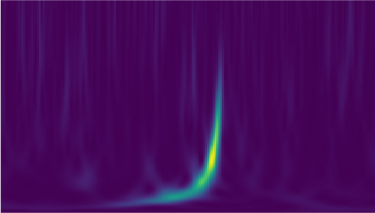Computational methods are a critical component of many fields of physics research. With the rise of deep learning and the development of large-scale computational facilities, the impact of computation has become increasingly important. Physics research in a broad range of fields has been rapidly accelerated due to emerging numerical techniques that have allowed for more comprehensive data analysis and increased computational complexity of physical phenomena. Much of the recent work in physics underpins the emerging field of Data Science and has helped to cultivate critical problems with solutions that cross-cut many areas of research.
This course will teach you how to critically apply data science tools to physics data analysis, using Jupyter notebooks. You will recreate Nobel Prize discoveries and perform modern physics data analysis with research grade data. Additionally, you will understand the core data science toolkit required to be a physicist in the modern era.
In this course, you will learn the core statistical tools needed to analyze data and extract physics parameters from the data. Furthermore, you will learn when it is critical to apply the data science toolkit or the physics toolkit to obtain high quality physics results. The class is designed around research “modules,” where learners work on each module to gain experience with a specific scientific challenge. The first module is related to analysis of Laser Interferometer Gravitational-Wave Observatory (LIGO) data. Additionally, the content of this course will be accessible through Jupyter notebooks, which learners are encouraged to edit and run, in order to advance through computational problems and projects.
This course presents real-world, Noble Prize-winning physics data, allowing you to recreate and learn the physics and data science tools behind these discoveries. Learners within the fields of physics and data science can benefit from this class. Moreover, those interested in simply understanding the data analysis toolkit used in modern physics would benefit from this. This class is a stepping stone towards the rapidly developing cross-disciplinary fields of data science, artificial intelligence and physics.
Note: This is course is being offered with experimental features.




